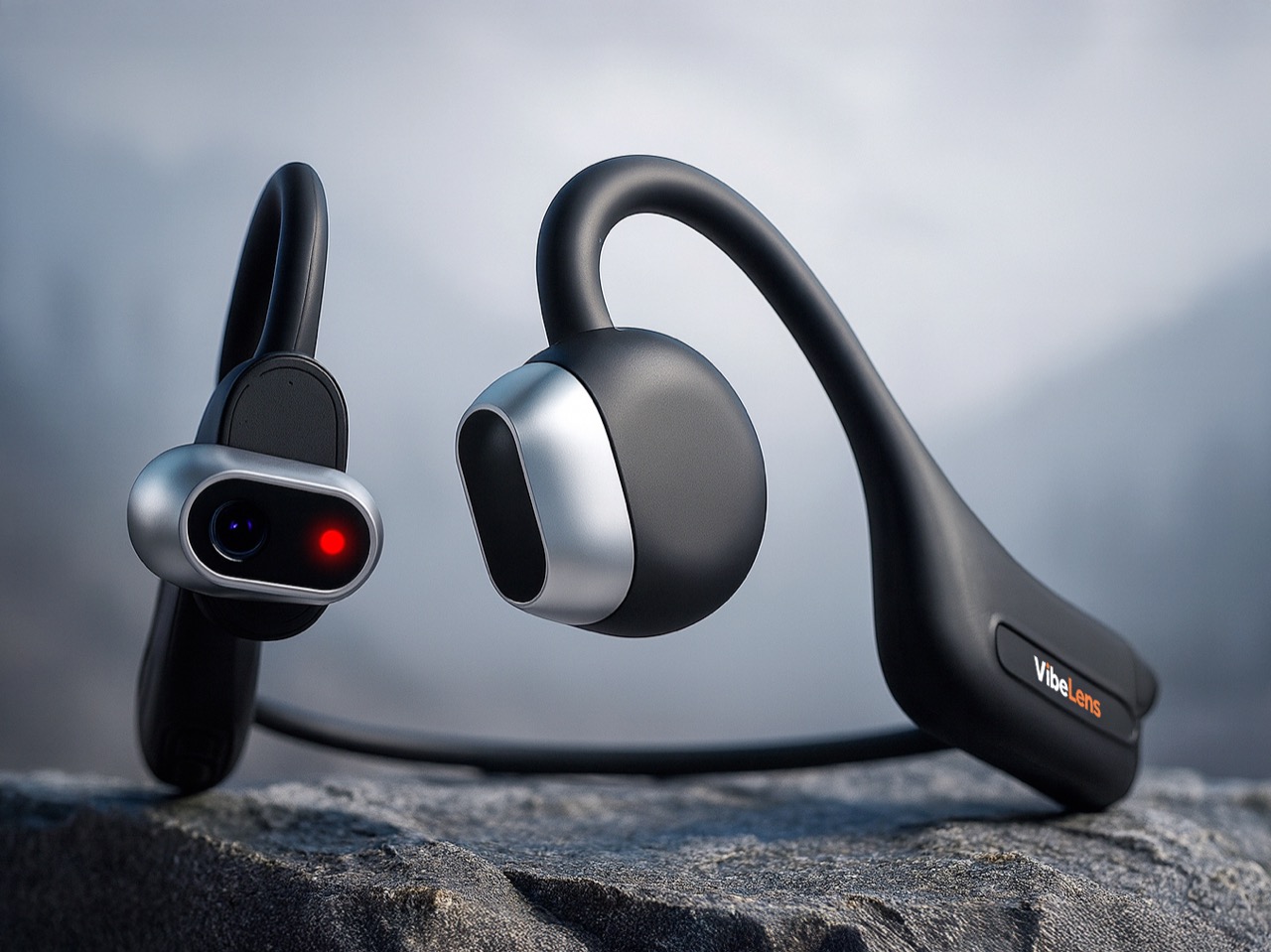
"It's one of those questions that seems obvious only in hindsight, like wondering why nobody put wheels on luggage until the 70s. For years, the tech world has been obsessed with cramming cameras and computers into eyeglasses, a form factor that is aesthetically sleek but functionally limited. The entire industry got so hung up on looking like Tony Stark that it overlooked a glaring reality:"
"Headphones, however, are the complete opposite. They are clunky, utilitarian things that offer plenty of forgiving real estate to hide away batteries, sensors, and processors. More importantly, people actually wear them. Everywhere. On the train, at the gym, walking the dog, editing video at a coffee shop. Headphones are a far more ubiquitous wearable than glasses, especially during activities people might actually want to record,"
"The MusicCam looks exactly like what you'd expect: regular wireless earbuds with a little camera pod sticking out. It's not trying to be sleek or invisible. It just is what it is. But here's where it gets interesting. These aren't just any headphones, they're bone conduction ones, which means they don't actually go in your ears. Sound travels through your cheekbones instead, leaving your ear canals completely open. So you can hear traffic, other people, whatever's happening around you while"
For years the tech industry focused on embedding cameras and computers into eyeglasses despite many adults not wearing glasses. Smart glasses target a minority and prioritize sci‑fi aesthetics over practical behavior. Headphones are widespread and provide ample space for batteries, sensors, and processors. A camera on a headset leverages an already ubiquitous wearable during activities people want to record. The MusicCam adopts this approach as bone‑conduction earbuds with an external camera pod. Bone conduction keeps ear canals open for ambient sound while delivering audio through the cheekbones, enabling environmental awareness during recording.
Read at Yanko Design - Modern Industrial Design News
Unable to calculate read time
Collection
[
|
...
]